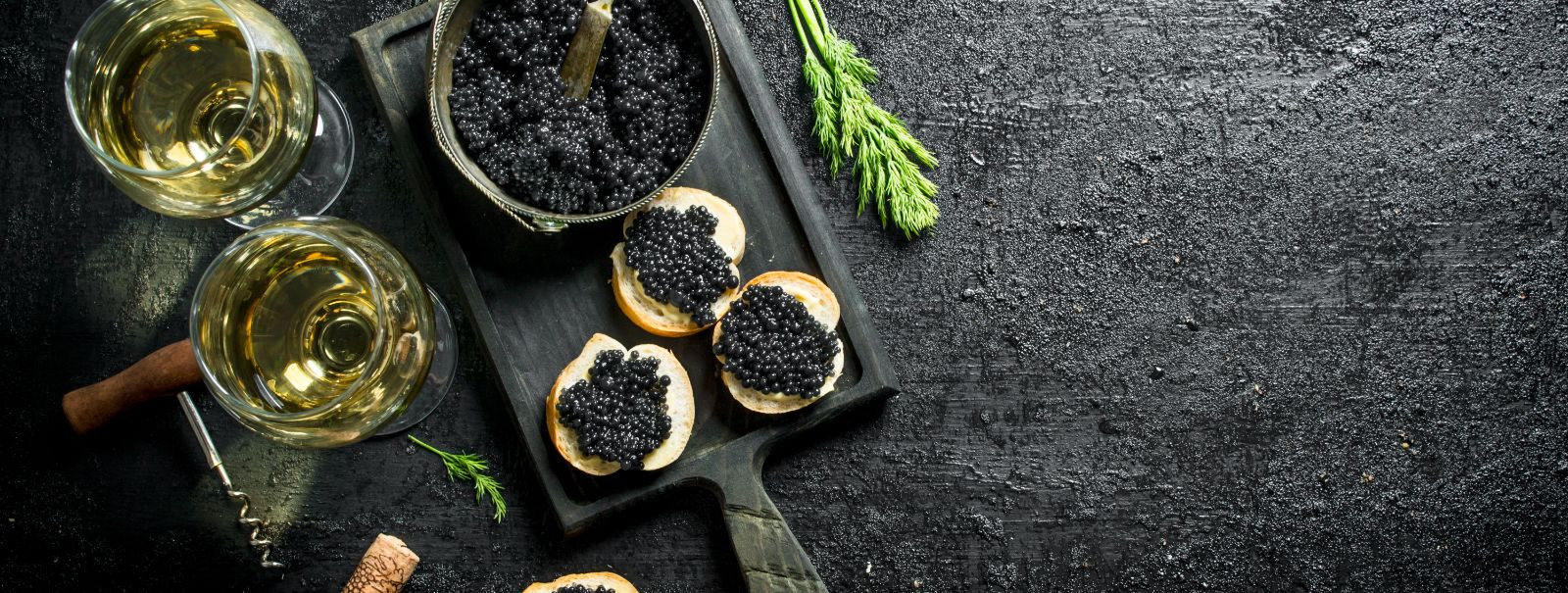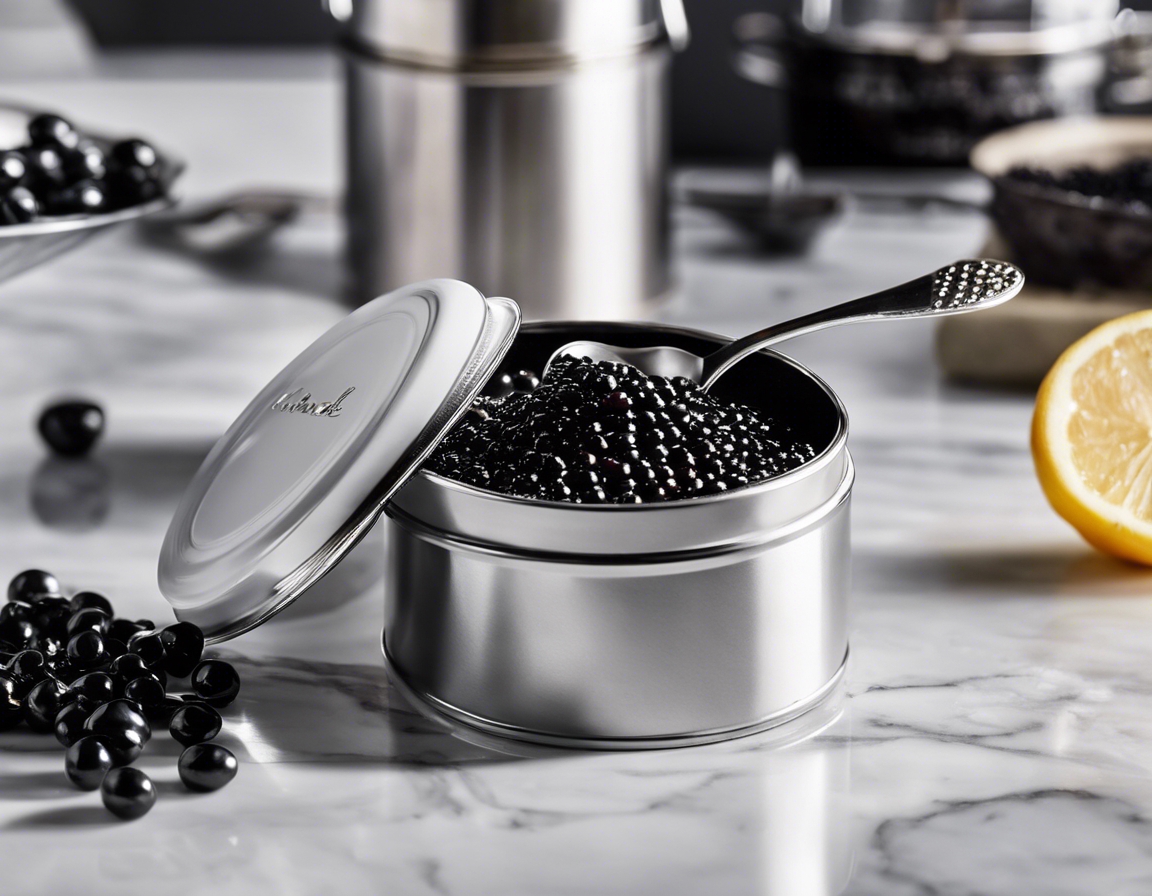Pairing wine with caviar: a connoisseur's guide
Embark on a journey through the opulent pairing of wine and caviar, where every bite and sip is a celebration of refined taste and sophistication. This guide is crafted for the discerning palate, eager to explore the harmonious relationship between these two luxurious staples of the gourmet world.
Caviar, the jewel of the sea, is the salt-cured roe of sturgeon and other species of fish. Revered for its delicate texture and rich, nuanced flavors, caviar is a symbol of culinary luxury. Its rarity and the meticulous process of harvesting make it a prized delicacy among connoisseurs.
Wine, like caviar, is a testament to the art of patience and the pursuit of perfection. The right wine can elevate the caviar experience, creating a symphony of flavors that resonate with elegance and depth. Selecting the perfect wine involves understanding its body, acidity, and the intricate notes that will complement the caviar.
The Fundamentals of Pairing Wine with Caviar
Pairing wine with caviar is an art that balances the flavor profiles and textures of both. The briny, buttery notes of caviar require a wine that can enhance its flavors without overpowering them. A harmonious pairing respects the delicate nature of caviar while allowing the wine to shine.
The temperature at which caviar and wine are served is crucial to the tasting experience. Caviar should be served chilled, on ice, to preserve its texture and taste. Wine, depending on its type, may require chilling or slight warming to reveal its full bouquet of aromas.
Classic Pairings: Wine Varieties and Caviar Types
The effervescence of Champagne cuts through the richness of sturgeon caviar, making it a timeless pairing. The crisp acidity and lively bubbles of a Brut Champagne complement the creamy and smooth texture of the roe, resulting in a luxurious taste sensation.
A full-bodied Chardonnay with its buttery notes and hints of oak is an excellent match for the larger, more pronounced grains of salmon roe. The wine's richness mirrors the roe's bold flavors, creating a balanced and indulgent pairing.
The subtle earthiness and light fruitiness of a Pinot Noir can beautifully accompany the delicate, mineral-rich flavor of paddlefish caviar. This pairing is a testament to the finesse required to match the understated elegance of both the wine and the caviar.
Adventurous Pairings: Exploring Beyond the Classics
For a unique twist, consider pairing the crisp, clean flavors of sake with the small, crunchy pearls of tobiko. The sake's smoothness and subtle sweetness provide a delightful contrast to the salty pop of the roe.
A dry Rosé with its light, fruity character is a refreshing companion to the slightly sweet trout roe. This pairing is perfect for those seeking a less traditional, but equally sophisticated, caviar experience.
Pairing Tips from the Experts
When selecting a wine and caviar pairing, consider the occasion. A grand celebration may call for the opulence of Champagne, while an intimate gathering might be better suited to the subtlety of a fine Chardonnay.
It's important to balance the intensity of the wine with that of the caviar. A robust wine may overwhelm a delicate roe, while a too-light wine might be overshadowed by a stronger-flavored caviar.
Garnishes can play a significant role in caviar service. Accompaniments like blini, crème fraîche, and chives can influence the choice of wine, as they add layers of flavor that should be considered in the pairing.
Preserving the Purity of Flavors
To maintain the integrity of caviar's flavor, proper storage and handling are imperative. Caviar should be kept at the right temperature and served with non-metallic utensils to prevent any alteration in taste.
Decanting wine can enhance its character, allowing it to breathe and develop a more complex profile. Serving wine in the appropriate glassware also contributes to the overall tasting experience, ensuring that each sip is as the winemaker intended.






Comments (0)